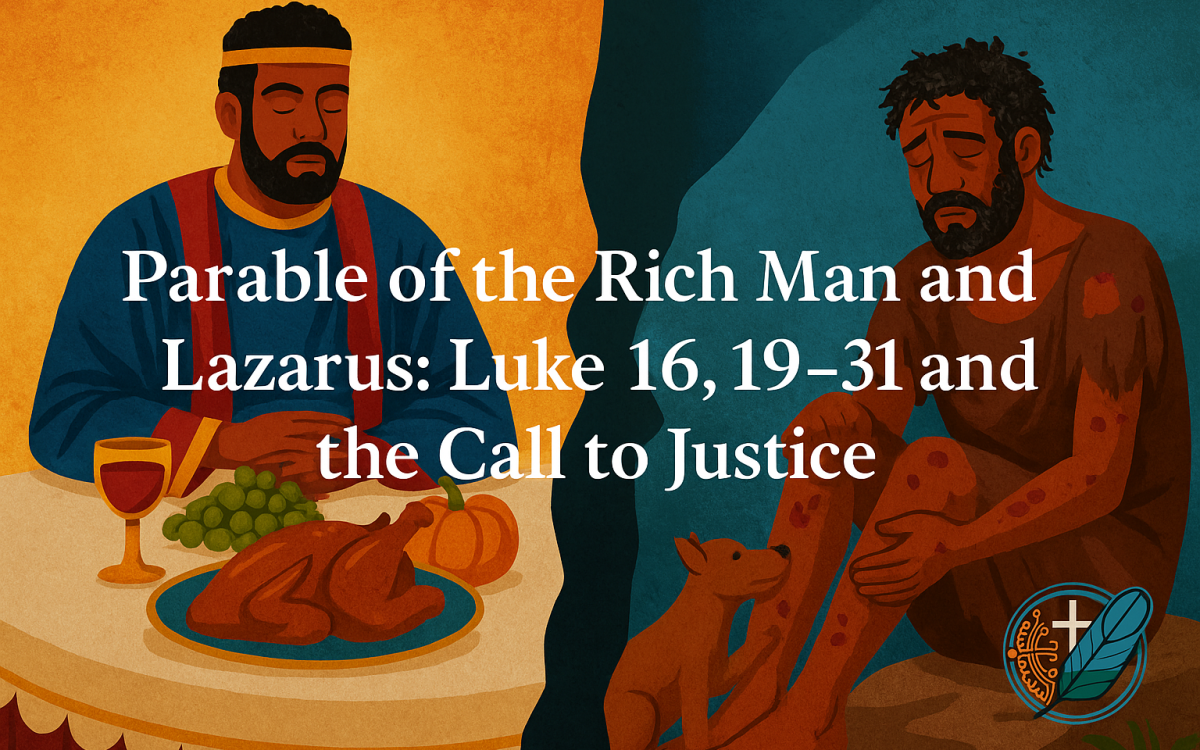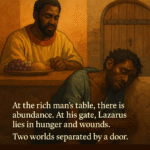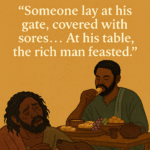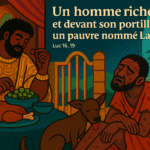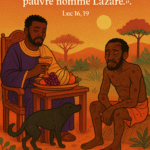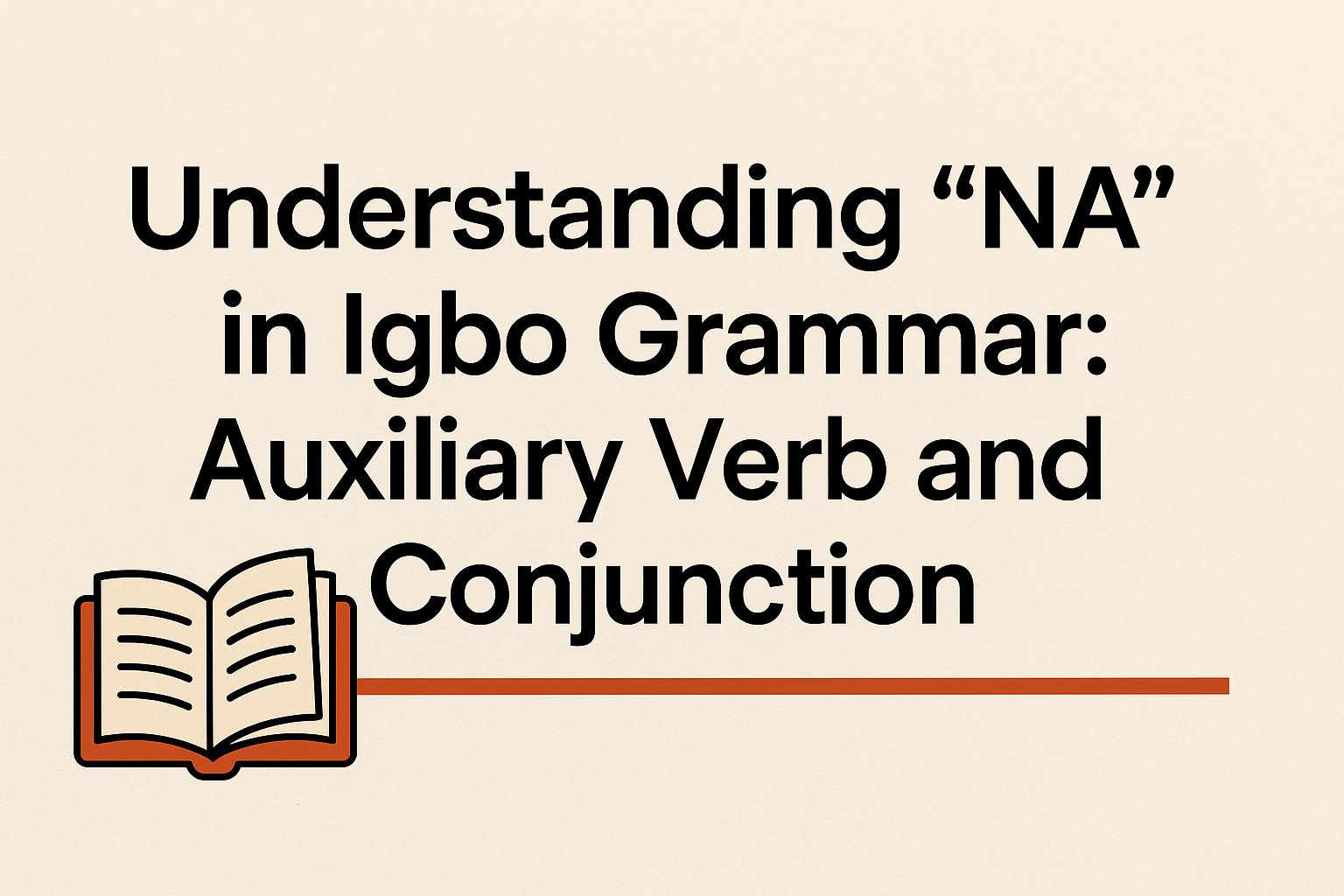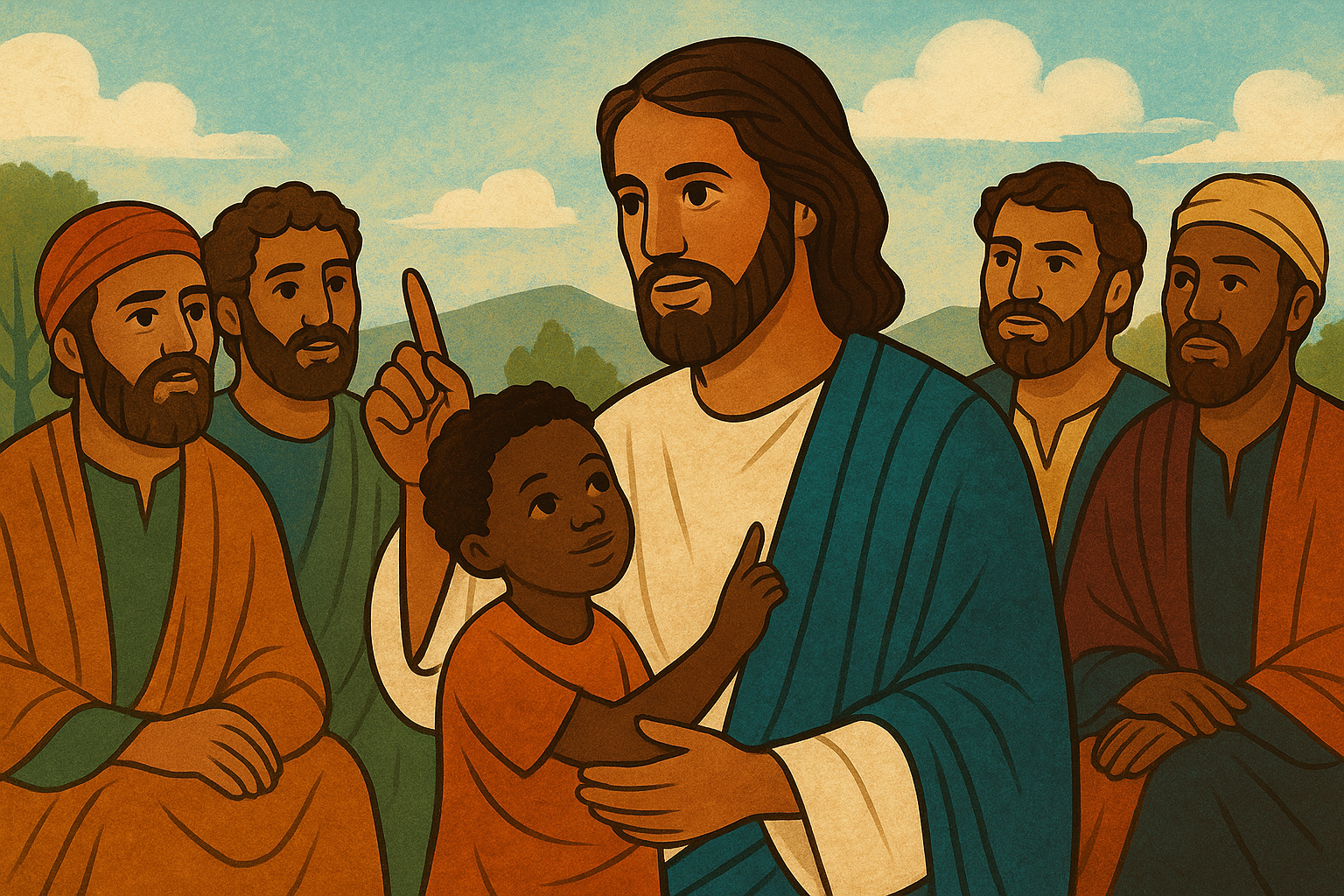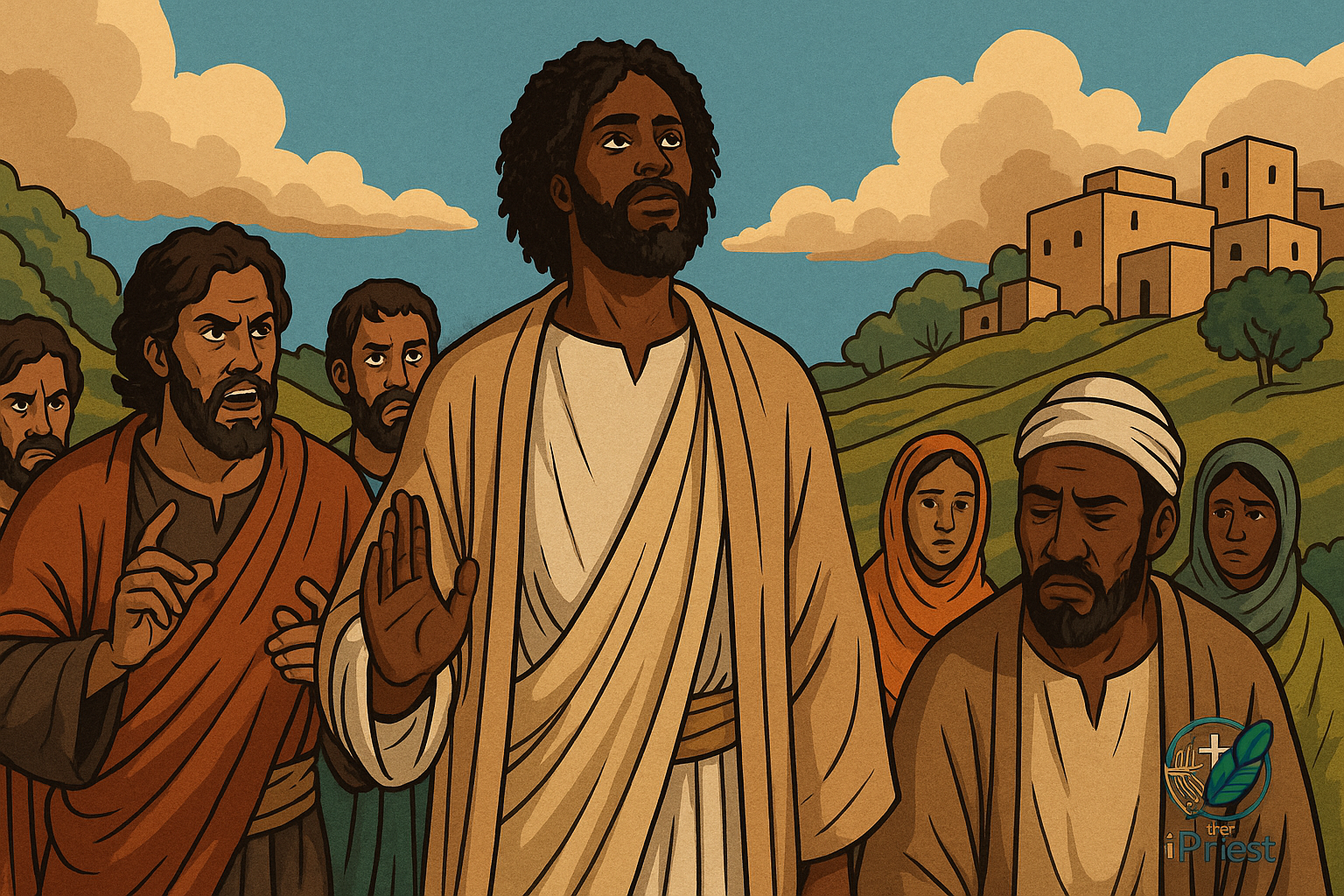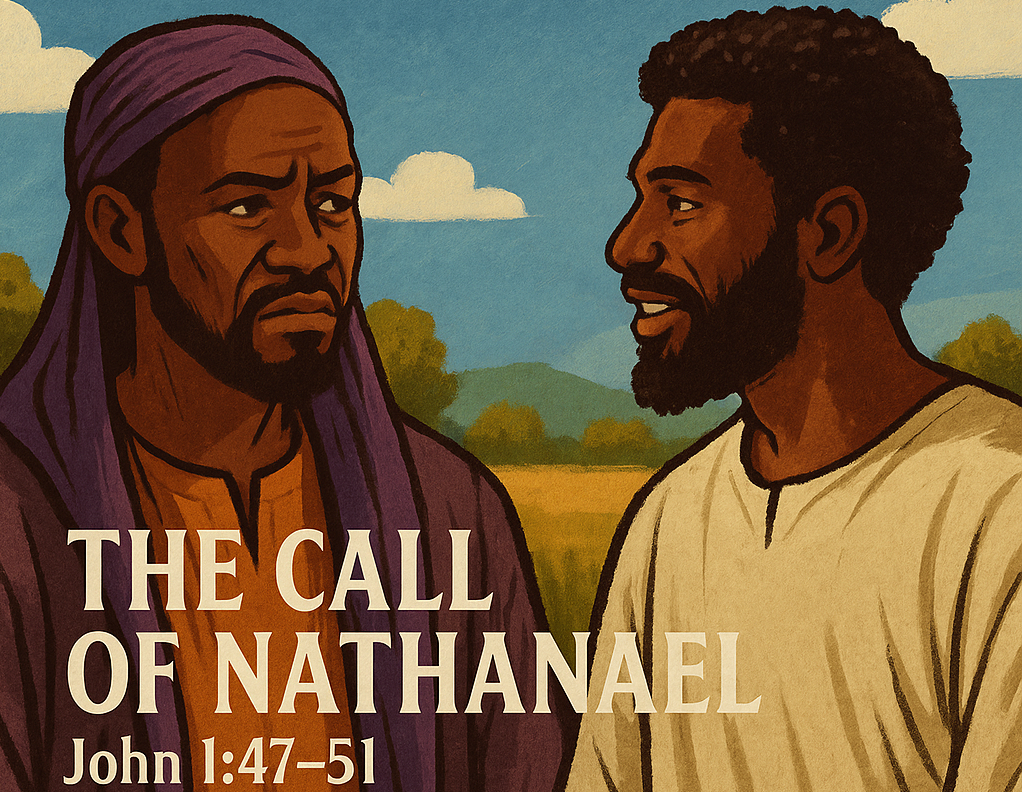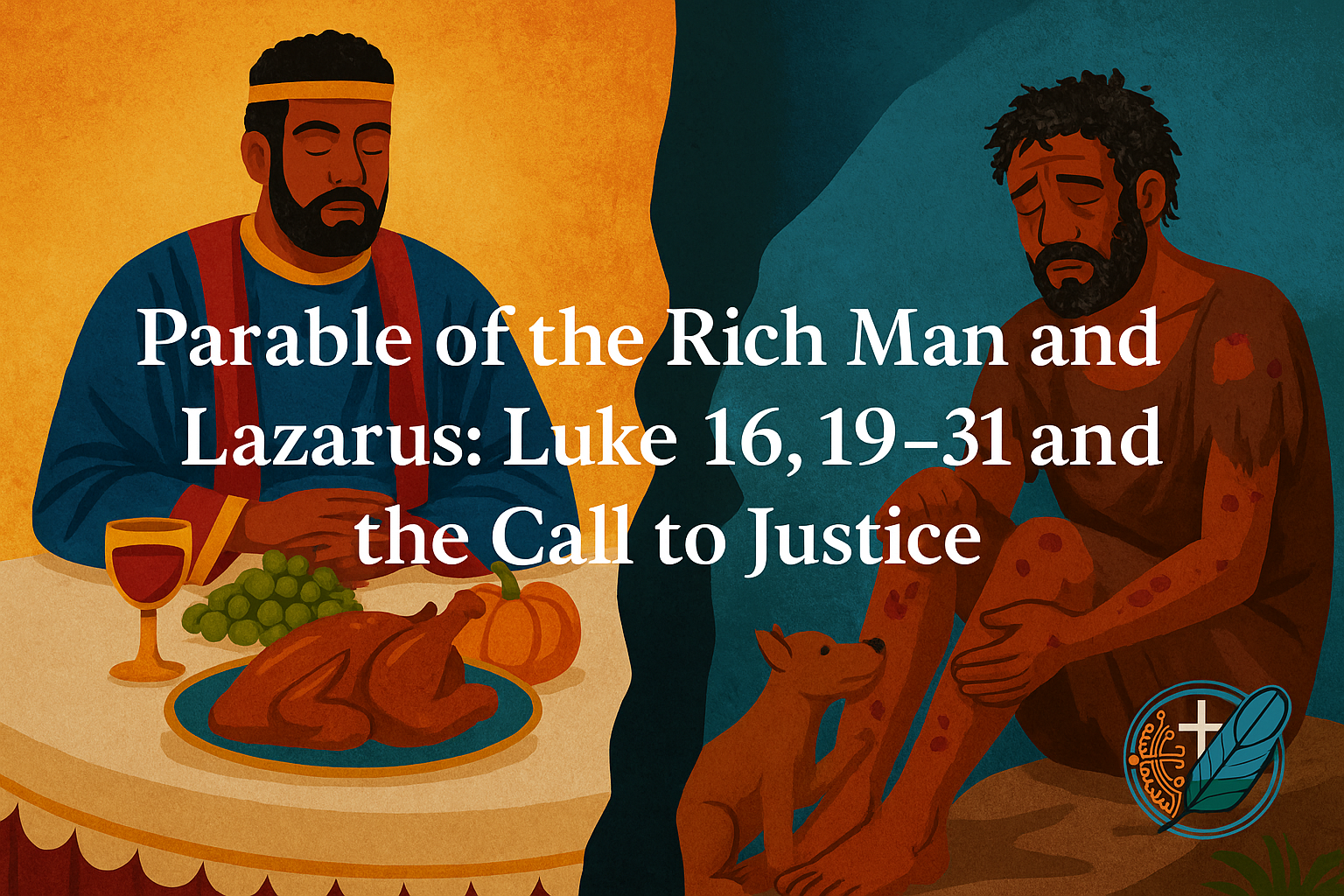1. Biblical Context
The parable contrasts two figures: a rich man, clothed in purple and fine linen, and Lazarus, a poor man covered with sores, who longs for crumbs at the gate. After death, their situations are reversed—Lazarus is carried to Abraham’s bosom while the rich man suffers in torment.
This stark imagery reveals the seriousness of justice and mercy in God’s Kingdom. Jesus is not simply speaking of the afterlife but unveiling how wealth and neglect create eternal consequences.
2. Sociocultural Analysis: Wealth, Poverty, and Boundaries
In first-century Palestine, wealth was understood not as a blessing earned, but as honour and status often tied to exploitation and land control. The rich man is nameless—defined only by his luxury. Lazarus, however, is named, breaking cultural norms that often rendered beggars and the poor invisible.
Banquets and fine clothing symbolized not only excess but also exclusion. To wear purple was to align with elite power (Roman authority, temple aristocracy). By contrast, Lazarus at the gate embodies those cast out of social systems. The “great chasm” after death reflects the chasm already present in life: a society where some feast and others starve.
Jesus’ parable thus critiques not only personal greed but a systemic culture of neglect—where proximity (Lazarus at the gate) does not guarantee compassion.
3. Social Dynamics: Listening and Refusal
Abraham tells the rich man, “They have Moses and the prophets; let them listen.” The failure is not ignorance but refusal to hear. Prophetic tradition—from Amos to Isaiah—had already condemned the trampling of the poor, the luxury of the few, and the forgetting of justice.
The dialogue also illustrates how privilege distorts vision: even in torment, the rich man tries to treat Lazarus as a servant to bring water or warn his brothers. He cannot see Lazarus as a brother, only as someone to use.
4. Liberating Echoes for Today
This Gospel speaks directly to societies where the gap between rich and poor is widening. In Africa and the global South, the “gate” is visible in oil-rich states where communities live in deprivation, or in cities where luxury towers rise beside sprawling slums. Globally, the “great chasm” mirrors climate injustice: those who consume most leave the vulnerable to suffer.
African wisdom reminds us:
👉🏽 “A person is a person through other persons.” (Ubuntu)
To ignore the suffering at our gate is to wound our own humanity.
The parable also unmasks religious hypocrisy: the rich man knew the Scriptures but did not live by them. Today, faith communities risk the same if they preach salvation but ignore structural injustice.
5. Final Word
Luke 16, 19–31 is not a distant warning about heaven and hell. It is a call to conversion here and now. The poor at our gates bear names, faces, and stories. The chasm can still be crossed—by mercy, solidarity, and justice.
Prayer
Lord Jesus,
You tell us the truth with urgency.
Open our eyes to the Lazarus at our gates.
Break down the chasms we build through indifference.
Teach us that true wealth is found in love and justice.
Amen.
-
Facebook
-
Twitter
-
Linkedin
-
Whatsapp
